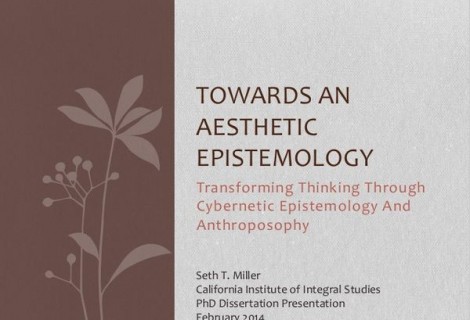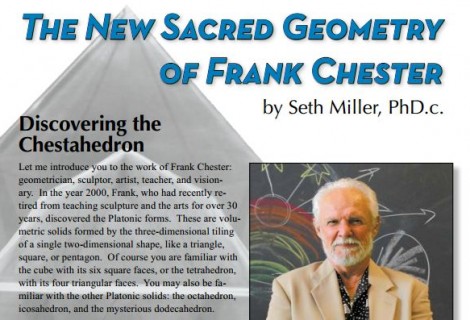An Esoteric Guide to Spencer Brown’s Laws of Form #6
« Previous Page | 1 2 3 4 5 6 | View All | Next Page »
LoF p. 84-85
- We may ask why we do not justify such a convention at once when it is given. The answer, in most cases, is that the justification (although valid) would be meaningless until we had first become acquainted with the use of the principle which requires justifying. In other words, before we can reasonably justify a deep lying principle, we first need to be familiar with how it works.
Again, we have a parallel in esoteric communication. It is not necessary to know why an injunction is made; the point is to follow it. Once followed, it becomes possible to see why it was made, but that explanation is literally occult before the injunction is followed. This is precisely what makes so many esoteric texts seemingly obtuse or even outright non-sensicle. It is also a built-in safeguard: if you don’t think the injunction makes sense, you won’t follow it through, and you won’t gain entry into what is made available by following the injunction. This is to say, you won’t build the transformative capacity required to recognize the need for the injunction in the first place. This is a fascinating element of the spiritual world: it is constantly making itself available to us, but we have to do the work to come to know it. In other words, those people who work esoterically are always self-selected: they elect to pass the initial boundary of unknowing, knowing that the seeking itself will yield everything that is needed: one does not have to start with the answers.
Now, GSB finally makes an explicit revelation:
LoF p. 85
- In all mathematics it becomes apparent, at some stage, that we have for some time been following a rule without being consciously aware of the fact. This might be described as the use of a covert convention. A recognizable aspect of the advancement of mathematics consists in the advancement of the consciousness of what we are doing, whereby the covert becomes overt. Mathematics is in this respect psychedelic.
This is, obviously, an explicit reference to the essence of spiritual/esoteric development, the expansion/extension/transformation of consciousness. It is an elaboration of the principle we came across earlier, by which we can start anywhere and proceed “upwards” or “backwards” to higher or more previous levels. But what makes it “psychedelic” in GSB’s phrasing, is that this very progression is one through which consciousness becomes more capable, more resilient, more able to, as it were, traverse up and down the rungs of Jacob’s Ladder.
LoF p. 86
- In general there is an order of precedence amongst theorems, so that theorems which can be proved more easily with the help of other theorems are placed so as to be proved after such other theorems. This order is not rigid. For example, having proved theorem 3, we use what we found in the proof to prove theorem 4. But theorems 3 and 4 are symmetrical, their order depending only on whether we wish to proceed from simplicity to complexity or from complexity to simplicity.
This reveals an important esoteric point: there is no single path of development. Paths of development share injunctions — but the order in which they are carried out CAN be somewhat arbitrary. Generally there are definite limits to the level of arbitrariness in order, beyond which the higher-order rule of timing changes the outcome drastically. In Laws of Form, note that GSB indicates a switch of theorems 3 and 4, but not, say of 3 and 16. This is WHY there are such things as “canons”, or definite repeated types of groups of injunctions, because within those groups elements are somewhat interchangeable, but are not interchangeable between groups without potentially serious consequence (one could even have justification in calling some of these potential consequences “evil”).





